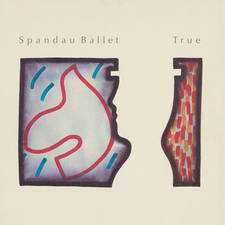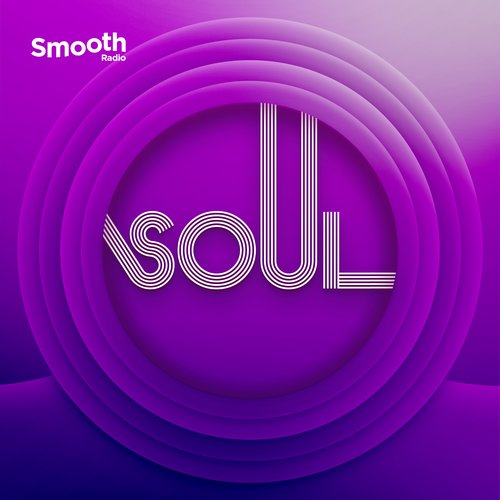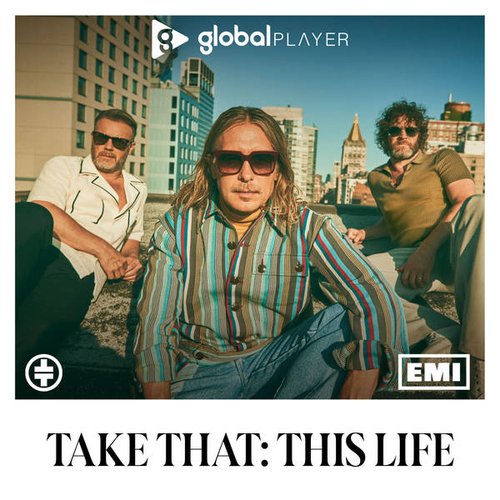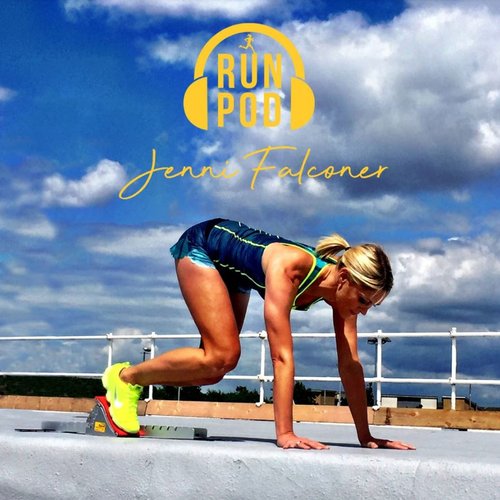Simon and Garfunkel's 15 greatest songs ever, ranked
10 July 2020, 11:39

Simon and Garfunkel were one of the leading lights in the '60s folk-rock movement, and although they only recorded music for a handful of years, their legacy has lived on for decades.
From their plaintive folk ballads to their gospel anthems, Paul Simon and Art Garfunkel created some of the finest songs of the 20th century.
Read more: The extraordinary story Simon & Garfunkel's life-long feud
We've picked just 10 of their very best to make for the perfect Simon & Garfunkel mixtape:
-
The 59th Street Bridge Song (Feelin' Groovy)

Simon & Garfunkel - Feelin' Groovy (from The Concert in Central Park)
This little ditty appeared on their 1966 album Parsley, Sage, Rosemary and Thyme.
'59th Street Bridge' is the colloquial name of the Ed Koch Queensboro Bridge in New York City, and is an ode to taking time out to "slow down". Paul Simon later admitted to hating the song.
-
For Emily, Whenever I May Find Her

For Emily, Whenever I May Find Her
Sung solely by Art Garfunkel, this song is about finding a lover, although Simon once labelled the subject matter as being about a "belief," rather than about a specific person.
Garfunkel later said that this is one of the most challenging songs to perform live.
-
Bookends Theme (part two)

Bookends (Single Mix)
Simon & Garfunkel’s Bookends’ first side contains this song as the first and last track, with the second version running a minute longer.
The short song refers to the passage of time, and to memories of a loved one, and follows songs on the album which address interpersonal relationships at different times of life that progress from song to song.
-
I Am a Rock

I Am a Rock
This track deals with the themes of isolation and emotional detachment, and was first included on Paul Simon's Songbook debut collection in 1965.
He re-recorded it as an electric track with Garfunkel for their Sounds of Silence a year later, becoming a fan favourite.
-
Cecilia

Simon & Garfunkel - Cecilia (Audio)
Written by Paul Simon, this came about during a late-night party, in which the duo and friends began banging on a piano bench. They recorded the sound with a tape recorder, matching the rhythm created by the machine.
Simon later wrote the song's lyrics about an untrustworthy lover. The song's title refers to St Cecilia, patron saint of music in the Catholic tradition.
-
El Condor Pasa (If I Could)

Simon & Garfunkel - El Condor Pasa (If I Could) (Audio)
El Cóndor Pasa (Spanish for 'The Condor Passes') is an orchestral musical piece by the Peruvian composer Daniel Alomía Robles, written in 1913.
It became the best-known Peruvian song in the English-speaking world due Simon & Garfunkel's cover version.
In 1965, Paul Simon heard the melody by the band Los Incas, and became friendly with the band, and even produced their first US-American album. Simon later added English lyrics to the song, and it became one of their most popular songs.
-
April, Come She Will

Simon & Garfunkel - April Come She Will (from The Concert in Central Park)
This gorgeous ballad originally appeared on the solo album The Paul Simon Songbook in 1965. It was written while Paul Simon was in England.
Its lyrics use the changing nature of the seasons as a metaphor for a girl’s changing moods. The inspiration for the song was a girl that Simon met and the nursery rhyme she used to recite. On the duo’s recording, Art Garfunkel sings the lead vocals.
-
The Only Living Boy in New York

Simon & Garfunkel - The Only Living Boy in New York (Audio)
Issued as a B-side on their single ‘Cecilia’, Paul Simon wrote this as a thinly veiled message to Art Garfunkel, referencing a specific incident where Garfunkel went to Mexico to act in the film Catch-22.
Simon was left alone in New York writing songs for Bridge over Troubled Water. Simon refers to Garfunkel in the song as ‘Tom’, alluding to their early days when they were called Tom and Jerry. It has been used in many films, including the finale of Zach Braff’s 2004 movie Garden State.
-
America

Simon & Garfunkel - America (Audio)
From their Bookends album, this song was written by Paul Simon, and is about young lovers hitchhiking their way across the United States, in search of 'America', in both a literal and figurative sense.
The song was inspired by a 1964 road trip that Simon took with his girlfriend Kathy Chitty.
It has since been regarded as one of Simon's strongest songs, and one of the duo's best ever.
-
Scarborough Fair/Canticle

Simon & Garfunkel - Scarborough Fair (from The Concert in Central Park)
This is a traditional English ballad about the Yorkshire town of Scarborough, centred on a young man who instructs the listener to tell his former love to perform for him a series of impossible tasks.
One of the most famous versions is by Simon & Garfunkel, who set it in counterpoint with ‘Canticle’, a reworking of the lyrics from Simon’s 1963 anti-war song ‘The Side of a Hill’, set to a new melody composed mainly by Art Garfunkel.
-
Mrs Robinson

Simon & Garfunkel - Mrs. Robinson (from The Concert in Central Park)
Taken from their Bookends, this song was written by Paul Simon for the Graduate soundtrack after two others songs were first rejected by director Mike Nichols.
Nichols had become obsessed with Simon & Garfunkel's music before making the famous movie, and had to convince legendary producer Clive Davis that it would be a good idea.
-
The Boxer

Simon & Garfunkel - The Boxer (from The Concert in Central Park)
This contemplative track featured on their final album Bridge over Troubled Water, and was its lead single in early 1969.
Written by Paul Simon is a first-person lament, as well as a third-person 'sketch' of a boxer.
The lyrics are mainly autobiographical, and partially inspired by the Bible, and was written at a time when Simon felt he was being unfairly criticized, and looks at poverty and loneliness.
-
Homeward Bound

Simon & Garfunkel - Homeward Bound (from The Concert in Central Park)
One of the duo's most famous songs, it was written by Paul Simon after returning to England in the spring of 1964. He had spent some time in Essex, and became a regular fixture at the Railway Hotel in Brentwood.
During this time, he met Kathy Chitty, who was working taking tickets at the club. The two hit it off, but Simon wanted to perform in London, leading to an emotional farewell.
Later, Simon was waiting for the early morning train to London at a railway station. He had been missing Chitty, and he began to write 'Homeward Bound' on a scrap of paper.
The station in question is assumed to be Widnes railway station, which has a plaque commemorating the event, though some think it was more likely to have been Ditton.
-
The Sound of Silence

Simon & Garfunkel - The Sound of Silence (from The Concert in Central Park)
Originally released to commercial failure, this song became a hit in 1965 after producer Tom Wilson overdubbed electrical instrumentation.
The song’s origin and basis remain unclear, with many believing that it commented on the John F Kennedy assassination.
However, Paul Simon says he wrote it when he was 21, which predates that event. In 2016, the song was further popularized by the ‘Sad Affleck’ internet meme, which shows Ben Affleck’s reaction to negative reviews of Batman v Superman.
-
Bridge Over Troubled Water

Simon & Garfunkel - Bridge over Troubled Water (from The Concert in Central Park)
Composed by Paul Simon, this was the last song recorded for the duo’s final album. Simon felt Art Garfunkel should sing the song solo, an invitation Garfunkel initially declined.
The lyrics were partly inspired by Claude Jeter’s line ‘I’ll be your bridge over deep water if you trust in me’, in the song ‘Mary Don’t You Weep’.
Read more: The Story of... Bridge Over Troubled Water
Simon later felt jealous about giving it to Garfunkel, saying: “Many times on a stage, when I’d be sitting on the side and Artie would be singing, people would stomp and cheer, and I’d think, ‘That’s my song, man’”.





















